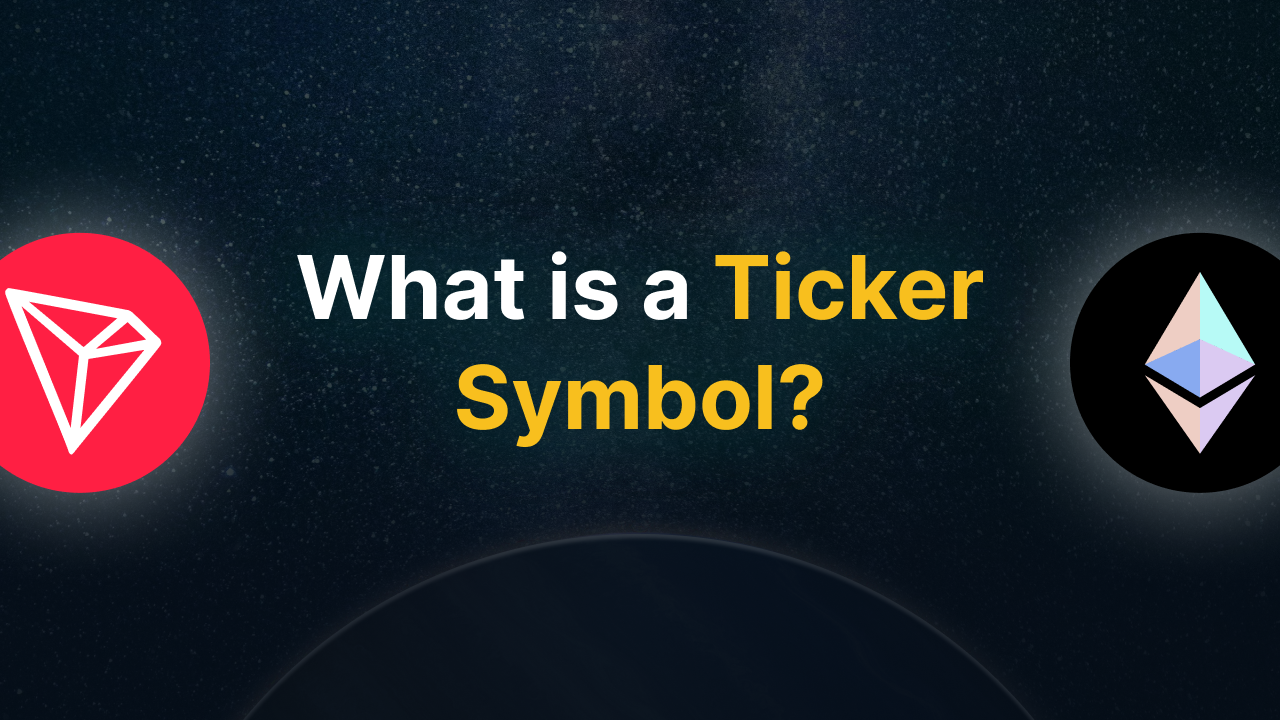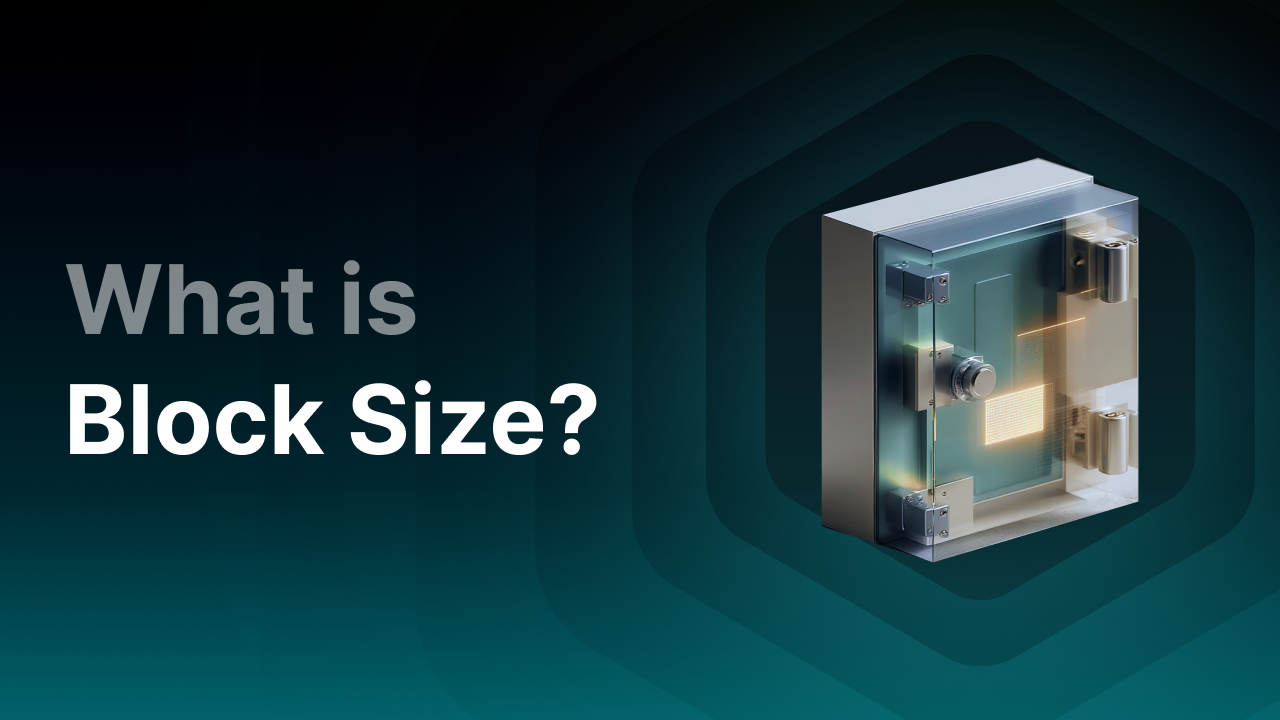What is a crypto correction and how do you deal with it?

What is a crypto correction?
A correction in the crypto market is a temporary price drop of usually 10 to 30 percent compared to a recent short-term peak (less than a day to a week). It is called a correction because the market or the price of a cryptocurrency is essentially correcting itself after a period of strong increases, for example during a bull run. You can see a correction as a kind of reset button: the price takes a step back to a more realistic level before it may start rising again.
Example: Imagine Bitcoin rises from $40,000 to $50,000 in a few weeks but then drops back to $45,000. That’s a 10% decline from the peak and therefore a typical correction. Even though the price suddenly fell due to the correction, the long-term trend can still be positive.
In practice, a correction in crypto can happen very quickly, sometimes within a day, but usually over several days or weeks. Corrections in crypto can sometimes reach 30% or more (even during a bull run) and are usually larger than in traditional markets. This is mainly due to the volatility of the crypto market.
Key Takeaways
-
A crypto correction is a temporary drop of 10–30% after a strong increase.
-
The difference with a bear market lies in duration, decline, and market sentiment.
-
Corrections often occur due to profit-taking, technical resistance, stop-losses, negative news, or fear in the market.
-
Large corrections also occur during bull runs.
-
In a bull market, corrections are often seen as opportunities; in a bear market, it’s about risk management.
-
You can protect yourself with diversification, proper risk management, price alerts, and by keeping emotions under control.
What is the difference between a correction and a bear market?
A correction and a bear market are both downward movements in a crypto market, but there are major differences in size, duration, and context:
So what’s the difference between a correction and a bear market? In a correction, prices drop sharply in a short time, but usually the recovery follows just as quickly, while in a bear market, prices gradually decline over time, although such a downward trend can indeed start with a correction.
How does a crypto correction occur?
A crypto correction can arise in several ways, but it usually results from a change in supply and demand. Here are the different causes:
-
Profit-taking: When the price of a cryptocurrency has risen significantly over a certain period, many traders may decide to take profits. This can create selling pressure in the market.
-
Technical resistance: Prices can reach levels where many people sold in the past, which can again trigger new declines.
-
Stop-losses: Large drops can trigger automatically set sell orders (stop-losses) and liquidations of leveraged positions, which strengthens the decline.
-
External factors: Negative news, such as regulations, macroeconomic concerns, or network issues on a blockchain, can increase selling pressure.
-
Market psychology: Fear spreads quickly among crypto traders, causing investors to scare each other and making the downward movement even stronger.
The role of corrections within Bitcoin market cycles
A correction is a fixed part of the Bitcoin market cycles and plays a different role in each phase. Bitcoin is the largest cryptocurrency and can therefore influence the value of other cryptocurrencies. Bitcoin has a four-year market cycle where the price rises to a new high, followed by a new decline. In a bull market, a correction provides a healthy cooling-off period after strong increases, often followed by a quick recovery. At the end of a bull market, however, a deep correction can mark the starting point of a bear market. In a bear market, corrections are usually seen as short rallies within a longer downward trend. Thus, a correction often marks the transition or pause between different phases of the cycle.
Famous examples of past crypto corrections
Here are some well-known extreme examples of past crypto corrections.
Bitcoin correction 2017
During Bitcoin’s (BTC) bull run from about $1,000 in January to $20,000 in December, several corrections occurred. For example, Bitcoin saw a correction in June from $3,000 to $2,000 (-33%) after concerns about Bitcoin scaling and the upcoming SegWit implementation. In September 2017, another correction occurred in Bitcoin, from $5,000 to $3,000 (-40%), after China announced a ban on ICOs and rumors spread about a crypto exchange ban. After these two major corrections, Bitcoin still managed to reach a new all-time high of $20,000.
Bitcoin correction 2021
In April 2021, Bitcoin reached a new all-time high of $64,000, but just one month later the Bitcoin price corrected to about $30,000. A sharp correction of more than -50%! The trigger for this correction was negative comments from Elon Musk about Bitcoin’s energy consumption and a renewed mining ban in China. Even after this correction, Bitcoin eventually broke past the $69,000 mark.
Ethereum correction 2021
Ethereum experienced strong growth in 2021 and reached a new all-time high of over $4,800 in November. However, there were several major corrections along the way. In May 2021, at the same time as the Bitcoin correction above, the ETH price dropped from about $4,300 to $1,700 (a drop of no less than -60%). The cause was mainly market sentiment due to negative news about Bitcoin, combined with profit-taking after the strong rise. Within a few months, however, Ethereum recovered above $4,000, partly thanks to the continued growth of DeFi projects and the hype around the NFT market.
Altcoin corrections: Solana 2022
There are also examples of corrections in altcoins. For instance, Solana (SOL) rose from less than $2 to above $200 in 2021. But in 2022, the coin took heavy hits. Network outages and multiple periods of downtime led to declining investor confidence. On top of that came the collapse of FTX, with large amounts of SOL hitting the market due to forced liquidations by Alameda Research. The result: a price drop from around $260 in November 2021 to below $10 by the end of 2022, a decline of more than -95%. Although this ultimately partly caused a bear market, this drop started with several separate corrections of dozens of percent.
Investing during a correction
For some investors, a correction may feel like a nightmare, while for others it feels like a golden opportunity. Every investor can benefit from a correction in crypto; the difference usually isn’t in the market itself, but in how you prepare and what strategy you use. It doesn’t matter whether you’re dealing with a correction in a bull market or a bear market, it’s about your approach. Read below how you can prepare for both situations.
Correction during a bull market
During a bull market, corrections can occur regularly and are often seen more as opportunities than as threats. This is because market sentiment during this time is usually predominantly positive, and the chances are high that the price will recover relatively quickly. You can often see this reflected in the Fear and Greed Index (for example above 70), where investors are greedy and therefore willing to buy again during dips.
Strategies in a bull market correction:
-
Dollar Cost Averaging (DCA): Buy in small steps during the decline, for example every time the price drops by 5-10%. This way, you spread your entry points and reduce the risk of buying too early or too late.
-
Hold back cash or stablecoins: A well-known strategy is to always keep some cash or stablecoins on hand so you can take advantage of sharp declines.
-
Focus on strong projects: The prices of strong projects that truly add value to the market usually recover faster and stronger than weaker projects.
-
Don’t panic: During a bull market, corrections are common and usually temporary. Often, inexperienced traders panic sell their crypto at a loss. But in a bull market, the price can recover. Keep this in mind. You must, however, be sure that the market is still indeed in a bull phase.
-
Technical analysis: Using technical analysis can be valuable during corrections to identify support levels.
Advanced traders can take a short position during a correction, but this carries more risk and requires more experience.
Correction outside a bull market
Outside a bull market, for example during a bear market or when the market is moving sideways, trading corrections is often riskier. When negative sentiment prevails, there is less buying interest and recovery can take longer. It may happen that it doesn’t stop at one correction and declines follow one after the other. In this case, it’s not about “buy the dip,” but rather about “catching a falling knife.”
Strategies outside a bull market correction:
-
Buy cautiously: Experienced traders try to buy when the price is low to potentially realize more profit. They use corrections for this, even during a bear market. “Buy the dip” is therefore also a strategy you can apply outside the bull market. You can, for example, choose to invest only in proven projects with strong fundamentals, such as Ethereum or Bitcoin.
-
Focus on capital protection: Consider converting profits or remaining positions into stablecoins to prevent further losses.
-
Use price alerts: Get notified at important price levels so you can make calm decisions and avoid trading based on emotions.
-
Be patient: Sometimes it’s better to do nothing and wait until the market turns positive and the cycle improves.
When investing during a correction outside a bull market, investors are often better off taking less risk, because recovery can sometimes take months or even years. Altcoins, in particular, are at risk of steep declines during bear markets.
How can you protect yourself against a crypto correction?
There are several ways to limit risks:
-
Manage position size: Never put all your capital into one coin or project.
-
Diversification: Spread your investments across multiple assets and sectors.
-
Stop-loss and alerts: Set automatic stop-loss orders or price alerts.
-
Use stablecoins: Convert (part of) your profits into stablecoins so you can always buy crypto during corrections.
-
Have a plan: Decide in advance at which price levels you will buy, sell, or do nothing.
-
Control emotions: Avoid irrational decisions by sticking to your strategy and keeping the bigger picture in mind.
Final thoughts
A crypto correction is a normal and inevitable part of the market, where sharp declines are often followed by recovery. The difference between losing and profiting usually isn’t in the correction itself but in how you handle it. By being prepared, having a clear plan, and keeping emotions in check, you can use these moments to strengthen rather than weaken your position. This way, a correction becomes more of an opportunity than a threat.




